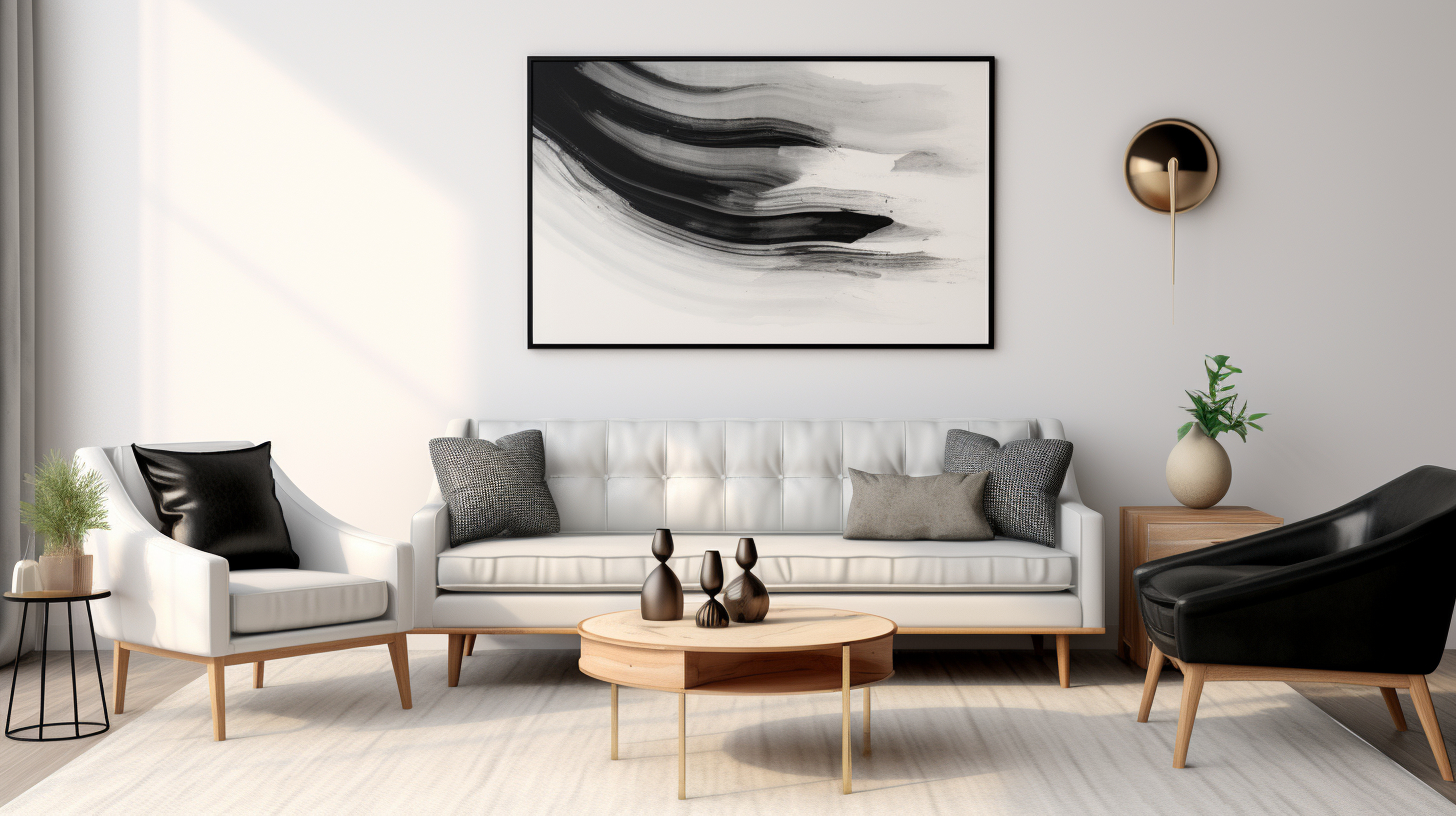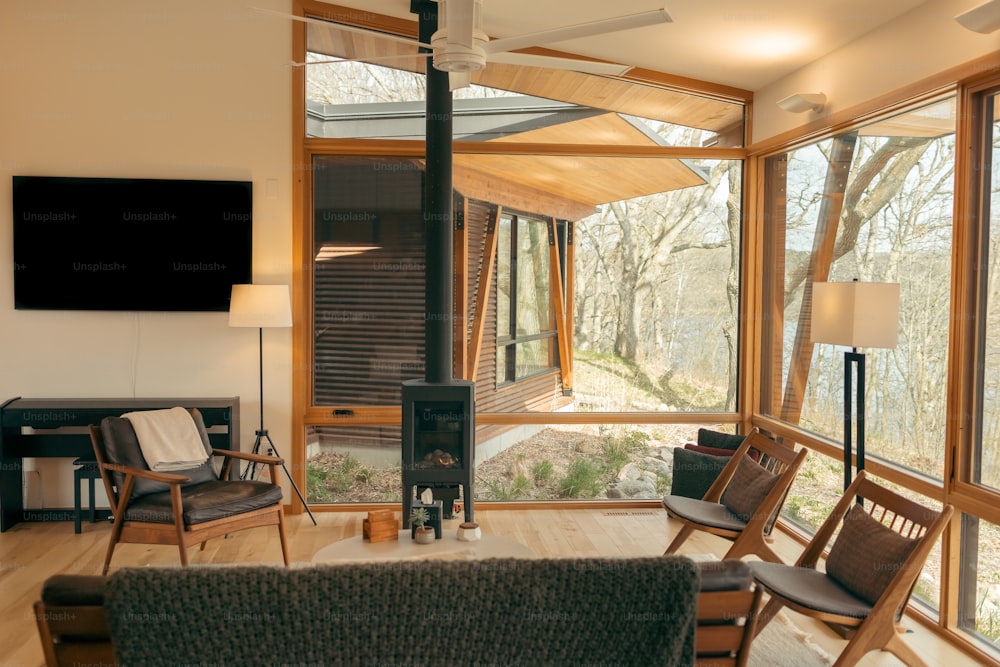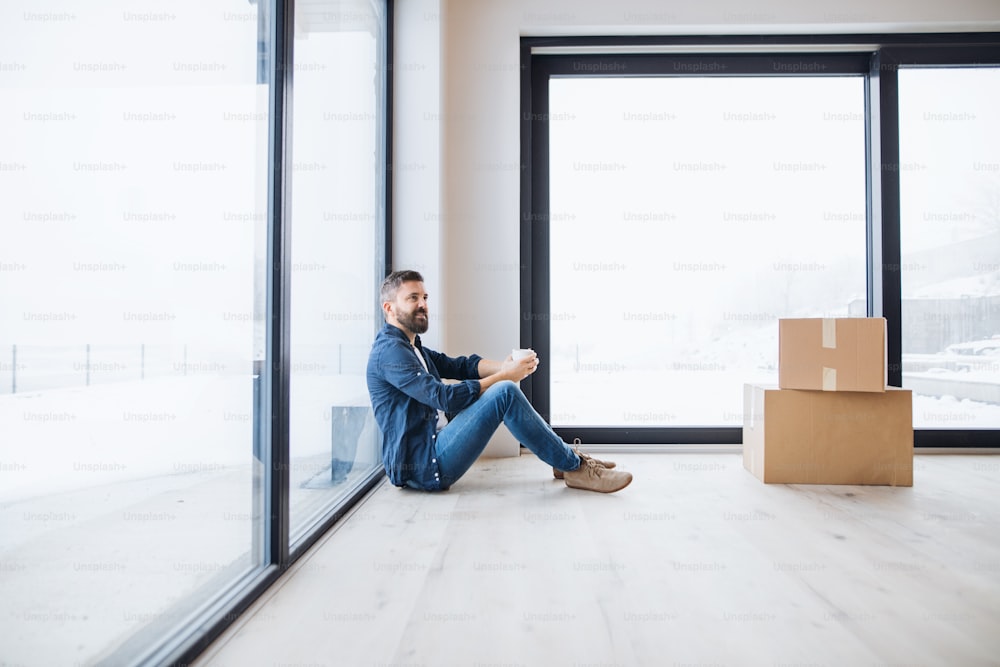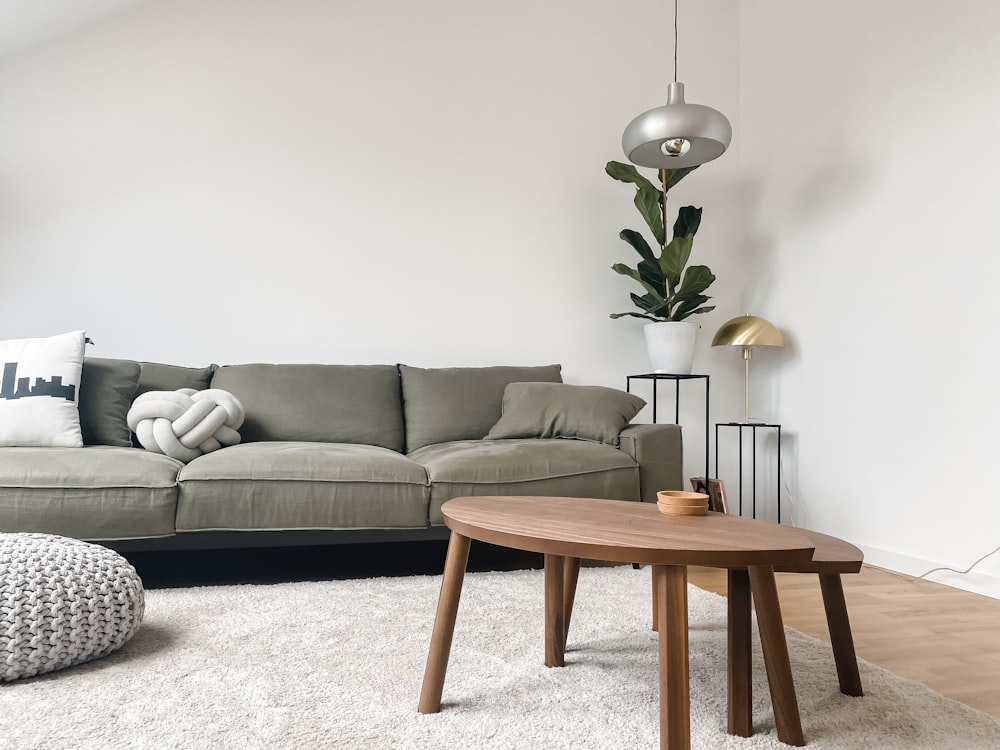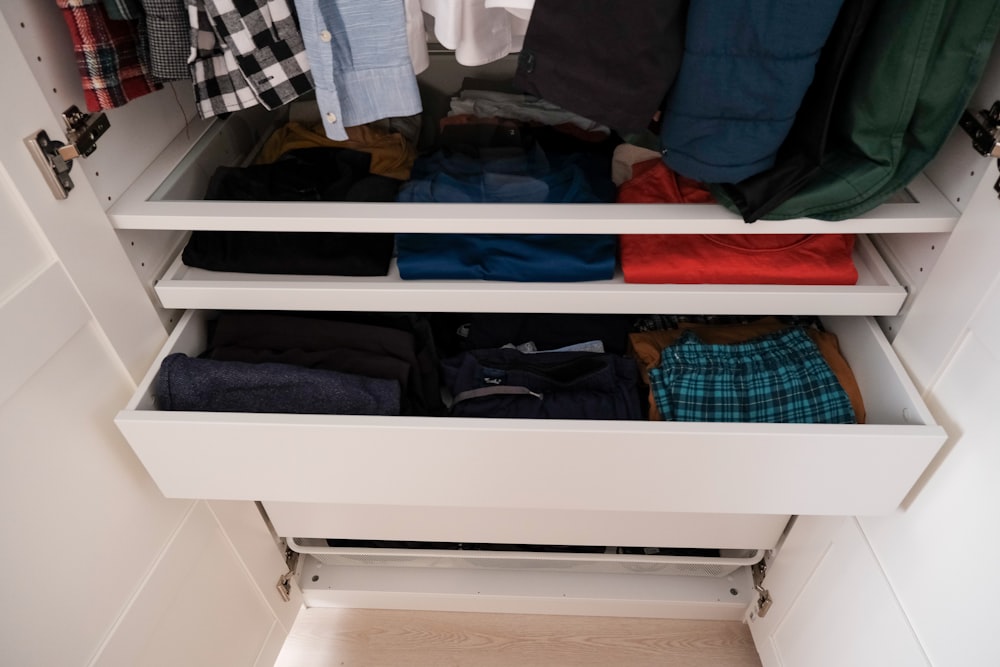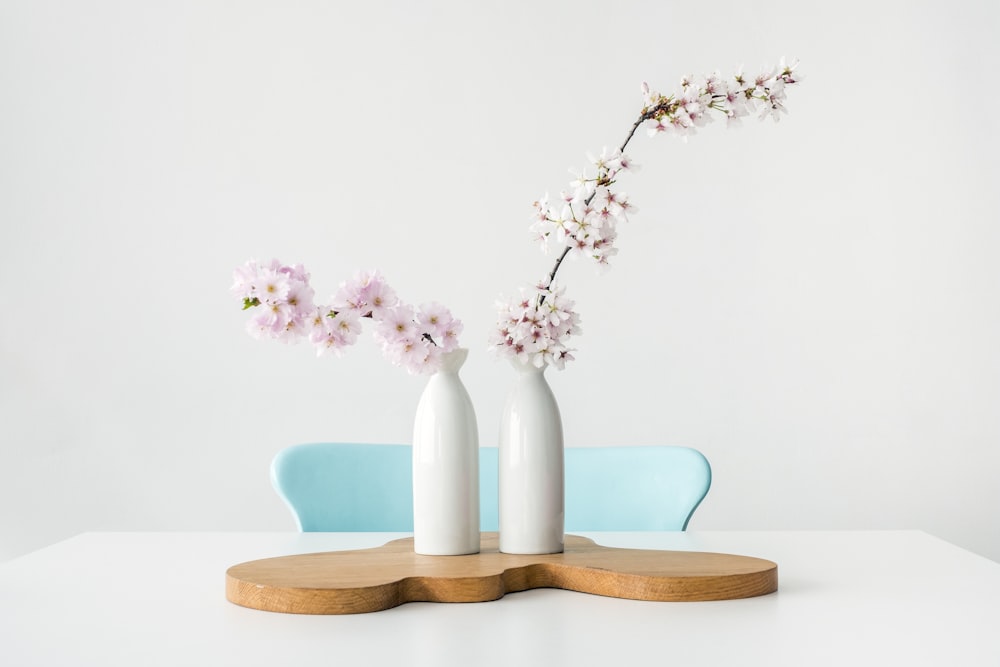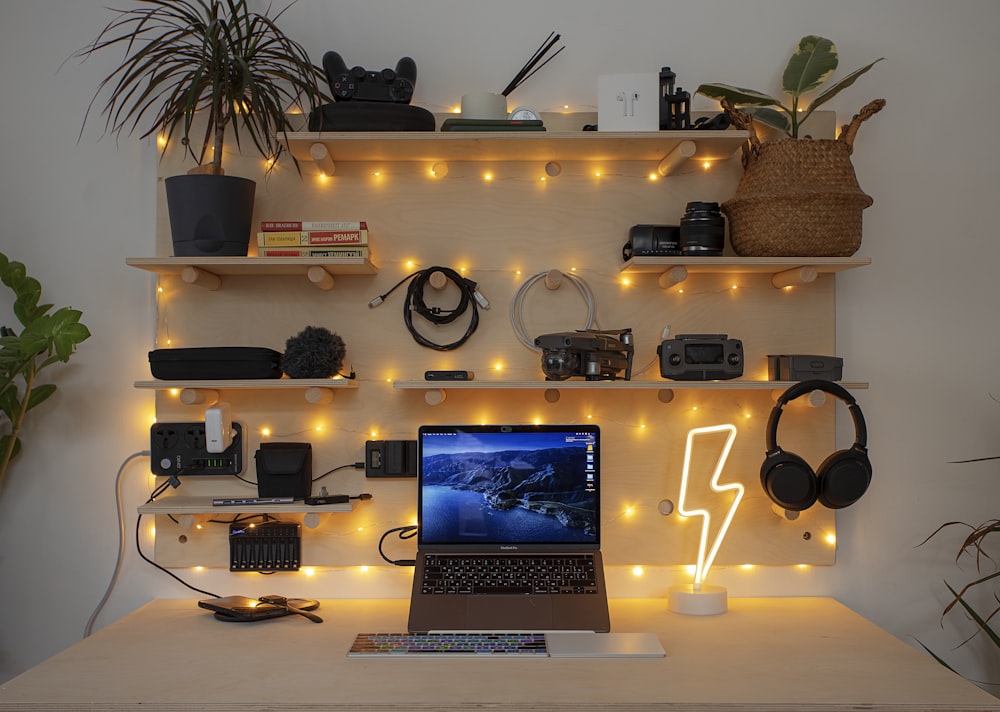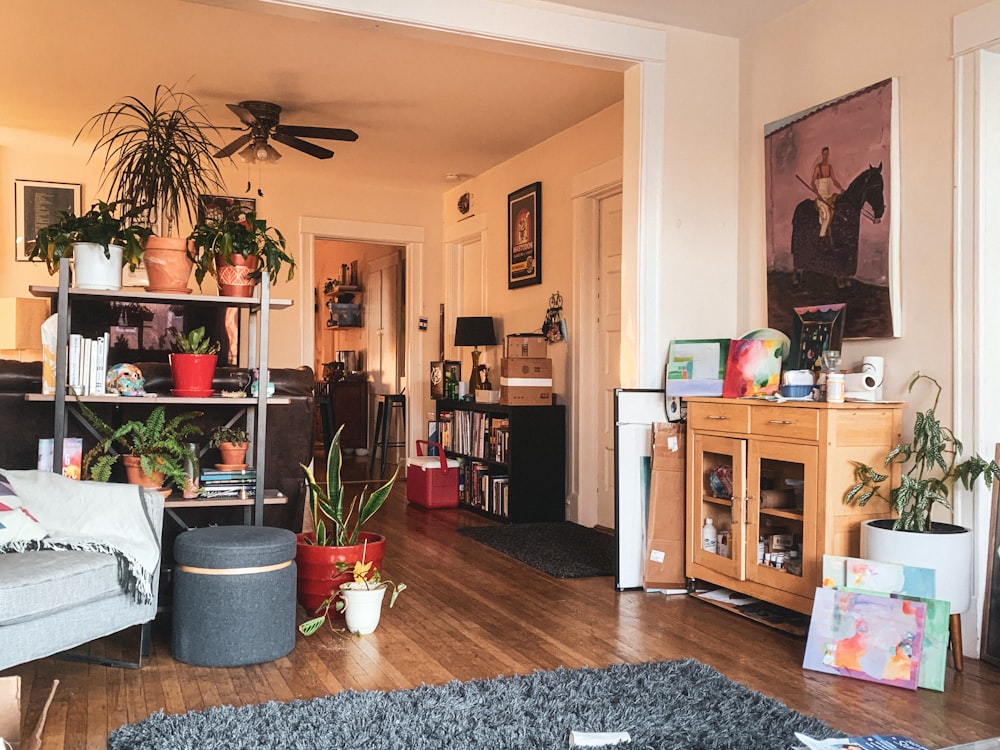Welcome to the world of minimalist design! Whether you’re a first-time homeowner or looking to revamp your living space, adopting a minimalist approach can offer a refreshing and stylish solution. Minimalist design is all about simplicity, functionality, and creating a clutter-free environment that promotes peace of mind. And the best part? You don’t need a hefty budget to achieve stunning results.
In this guide, we’ll explore the minimalist design for small budgets and it’s principles, provide tips on planning your minimalist space, discuss decluttering and organizing techniques, and offer advice on selecting furniture and decor that align with the minimalist aesthetic. We’ll also delve into ways to maximize natural light and space, add functional and stylish storage solutions, and introduce sustainable practices to make your home environmentally friendly.
So, get ready to embark on a journey of minimalism that will transform your space into a serene sanctuary. Let’s dive in!
Understanding Minimalist Design for Small Budgets Homeowners
When it comes to home design, minimalism has become increasingly popular in recent years. This design style focuses on simplicity, functionality, and creating a clutter-free environment. Whether you’re a first-time homeowner or just looking to update your space, understanding minimalist design principles can help you create a stylish and serene home on a small budget.
What is Minimalism?
Minimalism is all about living with less and embracing the idea that less is more. It’s about stripping away unnecessary elements and focusing on essentials. This design style emphasizes clean lines, open spaces, and neutral colors. The goal is to create a calming and uncluttered environment that promotes relaxation and mindfulness.
Key Principles of Minimalist Design
To achieve a minimalist design in your space, it’s important to follow these key principles:
- Simplicity: Keep your design simple and avoid excessive ornamentation. Embrace clean and streamlined aesthetics.
- Functionality: Choose furniture and decor that serve a purpose. Opt for practicality over excess.
- Open Space: Maximize open space in your home by decluttering and rearranging furniture strategically. The empty space plays a vital role in creating a minimalist atmosphere.
- Neutral Colors: Stick to a neutral color palette, such as whites, grays, and earth tones. These colors create a sense of calm and provide a timeless backdrop for your minimalist style.
- Quality Over Quantity: Invest in high-quality furniture and decor pieces that will last longer. Focus on selecting a few essential items rather than cluttering your space with unnecessary objects.
- Natural Elements: Bring nature indoors by incorporating natural elements like plants, wooden furniture, and stone accents. This creates a connection to the outside world and adds warmth to your space.
By following these principles, you can create a minimalist design that is both functional and visually appealing. Now, let’s move on to the next section, where we’ll discuss how to plan your minimalist space.
Planning Your Minimalist Space
One of the first steps in creating a minimalist home is to plan your space effectively. This involves assessing your needs and priorities, budgeting for furniture and decor, and choosing a color scheme that reflects the minimalist aesthetic. Here are some tips to help you plan your minimalist space:
Assessing Your Needs and Priorities
Before diving into decorating your space, take some time to assess your needs and priorities. Consider the functions that each room will serve and the activities that will take place within them. This will help you determine the essential items that you need to include in your space while minimizing unnecessary clutter.
- Make a list of the essential furniture pieces that you need for each room.
- Consider the number of people who will be using the space and their individual needs.
- Think about the storage solutions that will be necessary to keep your space organized and clutter-free.
Budgeting for Furniture and Decor
Creating a minimalist space doesn’t have to break the bank. By setting a budget for your furniture and decor, you can ensure that you make mindful purchases and prioritize quality over quantity.
- Determine how much you are willing to spend on furniture and decor.
- Research different stores and brands to find affordable options that align with your minimalist style.
- Look for second-hand furniture or consider repurposing items you already own to save money.
Choosing a Color Scheme
The color scheme you choose for your minimalist space can greatly impact its overall aesthetic. Opting for a neutral color palette with pops of color can create a clean, calming, and cohesive look.
- Stick to neutral colors such as white, gray, beige, or cream for your walls.
- Add pops of color through accent pieces like throw pillows, rugs, or artwork.
- Consider incorporating natural elements, such as wooden furniture or plants, to add warmth and texture to the space.
By carefully planning your minimalist space, you can create a functional and aesthetically pleasing environment that reflects your personal style while eliminating unnecessary clutter. The next step is decluttering and organizing your belongings to truly embrace the minimalist lifestyle.
Decluttering and Organizing
One of the key principles of minimalist design is to eliminate clutter and create a clean and organized space. Decluttering and organizing your home not only improves the aesthetics but also promotes a sense of calm and serenity. Here are some tips to help you declutter and organize your space efficiently:
Streamlining Your Belongings
- Start by going through each room in your home and getting rid of items that you no longer use or need. Ask yourself if each item brings you joy or serves a purpose. If not, consider donating, selling, or disposing of it.
- Create designated spaces for different categories of items, such as clothes, books, and kitchenware. This will make it easier to keep everything organized and find what you need when you need it.
- Pro tip: When decluttering, follow the “one in, one out” rule. For every new item you bring into your home, remove one that you no longer need. This helps prevent future clutter.
Space-saving Storage Solutions
- Invest in storage solutions that maximize the use of vertical space, such as wall-mounted shelves and hanging organizers. These can help free up valuable floor space and keep your belongings neatly organized.
- Utilize storage containers and bins to keep small items organized and easily accessible. Labeling them can make it even easier to find what you need.
- Pro tip: Use clear storage containers or transparent bins so that you can easily see what’s inside without having to open them.
Effective Organization Techniques
- Implement a daily or weekly cleaning routine to ensure that your space stays clutter-free. Set aside some time each day or week to tidy up and put items back in their designated places.
- Develop a habit of putting things away immediately after using them. This prevents items from piling up and keeps your space organized at all times.
- Pro tip: Consider adopting the KonMari method, popularized by Marie Kondo, which encourages decluttering by keeping only items that spark joy in your life. This process can help you make more intentional choices when it comes to organizing your belongings.
By decluttering and organizing your space, you create a visually appealing and functional environment that aligns with the minimalist design philosophy. It’s not just about having fewer things; it’s about curating and organizing your belongings in a way that brings you joy and enhances your everyday life. So roll up your sleeves, put on some music, and get ready to transform your home into a clutter-free haven!
Selecting Minimalist Furniture and Decor
When it comes to creating a minimalist space, selecting the right furniture and decor is crucial. Minimalist design emphasizes simplicity, functionality, and clean lines, so it’s important to choose pieces that align with these principles. Here are some tips for selecting minimalist furniture and decor:
- Furniture Essentials: Focus on investing in essential pieces that serve a purpose in your space. Opt for furniture that has simple designs and clean lines, avoiding excessive ornamentation or elaborate details. Some key furniture pieces for a minimalist space include a streamlined sofa, a minimalist dining table and chairs, and a sleek bed frame.
- Quality vs. Quantity: Instead of filling your space with a lot of furniture, prioritize quality over quantity. Choose well-crafted pieces that are built to last, as this not only reflects the minimalist ethos of sustainability but will also save you money in the long run. Look for furniture made from high-quality materials like solid wood or metal.
- Incorporating Natural Elements: Adding natural elements to your space can help create a calm and serene atmosphere. Consider incorporating furniture made from natural materials such as wood, rattan, or bamboo. These materials not only add warmth and texture to your space but also align with the sustainability aspect of minimalist design.
When it comes to decor, keep these tips in mind:
- Minimalist Art and Decor Choices: Choose artwork and decor items that are simple and have a clean aesthetic. Opt for abstract or minimalist art pieces that focus on lines, shapes, and colors rather than complex or detailed designs. Remember, less is more in a minimalist space.
- Maintaining Clean Lines and Simplicity: It’s important to keep the overall aesthetic of your space clean and clutter-free. Select decor items that have a simple and uncluttered design. Avoid decorative pieces with excessive embellishments or intricate patterns. Instead, opt for minimalistic decor items like geometric sculptures, simple vases, or a single statement piece.
- Avoiding Clutter: One of the main principles of minimalist design is the elimination of clutter. Avoid overcrowding your space with too many decor items. Instead, choose a few carefully curated pieces that have meaning to you or serve a purpose in your space. Remember, every item should have a place and a reason for being in your minimalist home.
By carefully selecting minimalist furniture and decor, you can create a space that feels open, calming, and functional. Remember to prioritize simplicity, quality, and purpose in your choices. Stay true to the minimalist principles of clean lines, functionality, and decluttering to achieve a truly minimalist aesthetic in your home.
Maximizing Natural Light and Space
When it comes to creating a minimalist space, maximizing natural light and space is key. Not only does it make your home feel more open and spacious, but it also brings in a sense of calm and serenity. Here are some tips to help you make the most of natural light and space in your minimalist design:
Using Light Colors and Reflective Surfaces
- Light colors such as whites, creams, and pastels help to reflect light and make a space feel brighter and more open.
- Opt for light-colored furniture and decor to create a seamless and airy look.
- Using reflective surfaces such as mirrors, glass, and polished metal can bounce light around the room and make it feel larger.
- Positioning mirrors strategically across from windows can help to amplify the natural light and create the illusion of more space.
Strategic Placement of Mirrors
- Place mirrors on walls opposite windows or in dark corners to reflect light and create the illusion of a larger space.
- Consider using a full-length mirror in a narrow hallway to make it appear wider and more open.
- Using mirrored furniture, such as a mirrored coffee table or a mirrored wardrobe, can also help to reflect light and add depth to a room.
Optimizing Room Layout
- Arrange furniture in a way that allows for maximum natural light to flow through the space.
- Avoid blocking windows or placing large pieces of furniture in front of them.
- Opt for furniture with sleek and simple designs to maintain a sense of openness and avoid cluttering the room.
- Consider open floor plans or removing unnecessary walls to create a seamless flow of light and space throughout your home.
By incorporating these strategies into your minimalist design, you can create a bright and spacious home that embraces the beauty of natural light. Remember, simplicity is key, so opt for light colors, reflective surfaces, and strategic placement to maximize the impact of natural light in your space.
Also Read: Minimalist Design Principles : Key Elements for a Simplified Living Space in 2023
Adding Functional and Stylish Storage
When it comes to creating a minimalist space, storage is key. With the right storage solutions, you can keep your belongings organized and out of sight, while still maintaining a stylish and clutter-free environment. Here are some tips for adding functional and stylish storage to your minimalist home:
Investing in Multi-purpose Furniture:
Look for furniture pieces that serve multiple functions. For example, a coffee table with built-in storage compartments or a sofa with hidden storage under the seat can help you maximize your space and keep your living area tidy. These multi-purpose furniture pieces not only provide storage but also add functionality to your home.
Utilizing Wall-mounted Shelves:
Wall-mounted shelves are a great way to add storage without taking up valuable floor space. Install shelves in areas such as the living room, bedroom, or kitchen to display items like books, decorative pieces, or kitchen essentials. Opt for minimalist and sleek designs to create a clean and organized look.
Invisible Storage Solutions:
To maintain a clutter-free aesthetic, consider incorporating invisible storage solutions. For example, floating shelves with hidden brackets or wall-mounted cabinets with push-to-open mechanisms can provide ample storage space while keeping the visual clutter to a minimum. These hidden storage options allow you to tuck away items that are not frequently used and maintain a clean and minimalist appearance.
By incorporating these functional and stylish storage solutions into your home, you can ensure that everything has its place, and your space remains clutter-free. Remember, the key to minimalist design is to focus on quality over quantity. Invest in well-designed storage pieces that align with your aesthetic and serve a purpose.
“A place for everything, and everything in its place.” – Benjamin Franklin
Creating a Minimalist Aesthetic
When it comes to creating a minimalist aesthetic in your home, less is definitely more. The key is to focus on simplicity, clean lines, and a clutter-free space. Here are some tips to help you achieve a minimalist look for your home:
Minimalist Art and Decor Choices
- Choose artwork and decor pieces that are simple and understated. Look for pieces with clean lines and neutral colors.
- Opt for a few key statement pieces rather than cluttering your space with multiple smaller items.
- Consider incorporating natural elements, such as plants or wooden accents, to add warmth and texture to your minimalist space.
Maintaining Clean Lines and Simplicity
- Keep your color palette simple and cohesive. Stick to neutral tones like white, beige, and gray to create a calming and clean atmosphere.
- Avoid too many patterns or bold colors that can overpower the space. Instead, focus on creating a harmonious and balanced look.
- Remove any unnecessary furniture or decor items that can make the space feel crowded. Embrace the concept of “less is more” to achieve a minimalist aesthetic.
Avoiding Clutter
- Declutter regularly to maintain a minimalist look. Get rid of items that you no longer need or use.
- Keep surfaces clean and clear. Avoid leaving random items, paperwork, or knick-knacks lying around.
- Invest in storage solutions that keep your belongings organized and out of sight. Look for furniture with built-in storage compartments or use shelving units to keep things tidy.
Remember, the goal of a minimalist aesthetic is to create a calm and peaceful environment. By focusing on simplicity, clean lines, and removing clutter, you can achieve a minimalist look that is both stylish and functional.
Budget-friendly DIY Projects
When it comes to creating a minimalist aesthetic in your home, you don’t have to break the bank. There are plenty of budget-friendly DIY projects that can help you achieve the minimalist look you desire. Not only will these projects save you money, but they also allow you to put your own personal touch on your home decor. Here are some ideas for budget-friendly DIY projects that will help you create a minimalist space:
1. Repurposing and Upcycling Furniture
Repurposing and upcycling furniture is a great way to add a unique touch to your minimalist space without spending a lot of money. Look around your home or visit secondhand stores and flea markets for furniture pieces that can be transformed. For example, you can paint an old dresser or side table with a fresh coat of white paint to give it a clean and modern look. You can also reupholster old chairs with minimalist fabrics for a fresh and updated feel.
2. DIY Wall Art and Crafts
Creating your own wall art and crafts is a fun and affordable way to add a personal touch to your minimalist space. Consider making your own abstract paintings using neutral colors and simple brushstrokes. You can also create a gallery wall using minimalistic frames and black and white photographs. Another idea is to make your own minimalist-inspired sculptures using wire or clay. DIY wall art and crafts not only add a unique touch to your space but can also serve as great conversation starters.
3. Thrifty Decor Ideas
When it comes to decorating on a budget, thrift stores and dollar stores can be your best friends. Look for minimalistic decor items such as vases, candle holders, and decorative bowls. You can also find inexpensive plants or succulents to add a touch of nature to your space. Another thrifty decor idea is to frame minimalistic prints or quotes and hang them on your walls. By thinking outside the box and getting creative, you can find affordable decor items that fit perfectly into your minimalist aesthetic.
Remember, the key to achieving a minimalist look on a budget is to focus on simplicity and quality. Instead of buying new items, try repurposing or upcycling existing ones. Also, keep in mind that less is more when it comes to minimalist design, so choose your DIY projects wisely and avoid cluttering your space.
By incorporating these budget-friendly DIY projects into your minimalist design plan, you can create a space that is both stylish and affordable. Enjoy the process of adding your personal touch to your home and embrace the simplicity and beauty of minimalism. Happy DIY-ing!
“Creativity is allowing yourself to make mistakes. Art is knowing which ones to keep.”
— Scott Adams
Sustainable and Eco-Friendly Practices
Incorporating sustainable and eco-friendly practices into your minimalist design can not only benefit the environment but also enhance the overall look and feel of your space. Here are some tips to make your minimalist home more sustainable and eco-friendly:
Choosing Sustainable Materials
When selecting furniture, flooring, and other materials for your home, opt for sustainable options that have a minimal impact on the environment. Consider the following:
- Furniture: Look for pieces made from sustainably sourced wood or choose furniture made from recycled materials.
- Flooring: Choose eco-friendly flooring options such as bamboo or cork, which are renewable and biodegradable.
- Fabrics: Use organic or natural fabrics for curtains, cushions, and upholstery. These materials are free from harmful chemicals and are better for both your health and the environment.
- Paint: Use low VOC (volatile organic compounds) or zero VOC paints, which emit fewer harmful chemicals into the air.
Energy-efficient Lighting
Efficient lighting choices can greatly reduce energy consumption and lower your carbon footprint. Here’s how to make your lighting more eco-friendly:
- LED Bulbs: Replace traditional incandescent bulbs with energy-efficient LED bulbs. LED bulbs use much less energy and last significantly longer than traditional bulbs.
- Natural Light: Make the most of natural light by strategically placing furniture and using light-colored window treatments. This can reduce the need for artificial lighting during the day.
- Motion Sensors: Install motion sensors or timers for outdoor lighting to ensure lights are only on when needed.
Reducing Water Consumption
Conserving water is an essential part of sustainable living. Follow these practices to reduce water usage in your minimalist home:
- Water-Efficient Fixtures: Install water-efficient fixtures such as low-flow showerheads, faucets, and dual-flush toilets. These fixtures help save water without compromising functionality.
- Rainwater Harvesting: Consider implementing a rainwater harvesting system to collect rainwater for non-potable uses like watering plants or cleaning purposes.
- Fix Leaks: Regularly check for leaks in faucets, toilets, and other water fixtures. A small leak can waste a significant amount of water over time.
By incorporating these sustainable and eco-friendly practices into your minimalist design, you can create a space that is not only aesthetically pleasing but also environmentally conscious. Remember, small changes can make a big difference, so start making sustainable choices today!
Also Read: Minimalist Entryway Design in 2023 : Welcoming Guests with Simplicity and Elegance
Conclusion
Congratulations! You’ve reached the end of this guide on creating a minimalist design for your small budget. By now, you should have a clear understanding of what minimalist design is, the key principles behind it, and how to plan and execute a minimalist space in your new home. Let’s do a quick recap:
- Understanding Minimalist Design: Keep it simple, focus on functionality, and embrace clean lines and open spaces.
- Planning Your Minimalist Space: Assess your needs, set a budget for furniture and decor, and choose a color scheme that promotes a calm and serene ambiance.
- Decluttering and Organizing: Streamline your belongings, utilize space-saving storage solutions, and employ effective organization techniques for a clutter-free environment.
- Selecting Minimalist Furniture and Decor: Invest in essential furniture pieces, prioritize quality over quantity, and incorporate natural elements for a harmonious look.
- Maximizing Natural Light and Space: Use light colors and reflective surfaces, strategically place mirrors, and optimize the layout of your rooms to create an illusion of more space.
- Adding Functional and Stylish Storage: Opt for multi-purpose furniture, install wall-mounted shelves, and explore invisible storage solutions to maximize storage space.
- Creating a Minimalist Aesthetic: Choose minimalist art and decor, maintain clean lines and simplicity, and avoid clutter to achieve a minimalist aesthetic.
- Budget-friendly DIY Projects: Repurpose and upcycle furniture, try DIY wall art and crafts, and implement thrifty decor ideas to save money while adding a personal touch.
- Sustainable and Eco-Friendly Practices: Choose sustainable materials, opt for energy-efficient lighting, and reduce water consumption to promote a greener and more eco-friendly home.
Remember, adopting a minimalist design doesn’t mean sacrificing style or functionality. It’s about creating a serene and clutter-free living space that truly reflects your personal taste and promotes a sense of peace and tranquility.
If you’re ready to embark on your minimalist design journey, start by decluttering and organizing your space. Assess your needs, set a budget, and begin selecting furniture and decor that align with your minimalist vision. Don’t forget to incorporate natural elements, make the most of natural light, and invest in functional storage solutions.
And if you ever need additional guidance or inspiration, don’t hesitate to visit the Minimalist Home Guru website at minimalisthome.guru. We’re here to assist you every step of the way, from decluttering tips to selecting the perfect minimalist furniture.
Wishing you all the best as you create your dream minimalist home!
Frequently Asked Questions
- What is minimalist design?Minimalist design is an interior design style that focuses on simplicity, clean lines, and a clutter-free environment. It embraces the ‘less is more’ philosophy and emphasizes functionality and purposeful use of space.
- How can I achieve a minimalist design on a small budget?To achieve a minimalist design on a small budget, consider decluttering and organizing your space, opting for simple and versatile furniture pieces, using a neutral color palette, incorporating natural light, and adding minimalistic decor items such as plants and artwork.
- What are some key elements of minimalist design?Key elements of minimalist design include simplicity, functionality, clean lines, open spaces, minimal use of colors, natural materials, and eliminating unnecessary clutter or decorative items.
- How can a minimalist design benefit first-time homeowners?A minimalist design can benefit first-time homeowners by creating a calming and organized living space, promoting better focus and productivity, making small spaces appear larger, and reducing the need for excessive cleaning and maintenance.
- Are there any specific furniture styles that align with minimalist design?Yes, furniture styles such as Scandinavian, mid-century modern, and Japanese-inspired designs often align well with minimalist aesthetics, as they emphasize simplicity, functionality, and clean lines.

